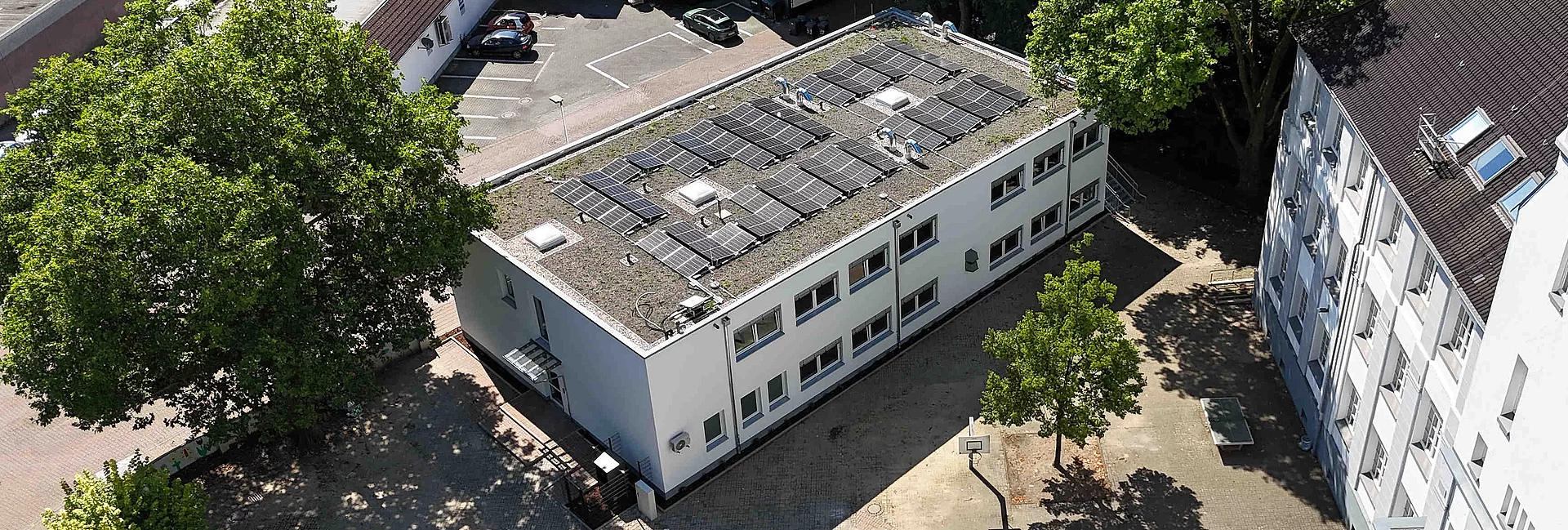Sustainable building
Our planet's resources are being utilised more intensively today than in any previous era. This is despite the fact that it has long been clear that they will often only be available in limited quantities. The construction industry is traditionally one of the most resource-intensive sectors of the economy. According to the Federal Statistical Office, around 570 million tonnes of mineral raw materials are used every year in Germany alone - 90 percent of the total domestic extraction. In addition, around 210 million tonnes of construction and demolition waste flow out of the construction sector every year, which corresponds to 52 percent of the total waste generated in Germany. Therefore, it is not enough to link the sustainability of buildings to energy efficiency during operation. This is because the production of building materials and the construction and demolition of a building consume large amounts of energy.
This is referred to as "grey energy" and accounts for almost half of the energy balance of a building in the life cycle of a conventionally constructed building. The concept of circular construction - often referred to as the cradle-to-cradle principle - is based on the idea of designing, planning and realising buildings in such a way that the materials used can be reused or recycled to a high standard at the end of the building's life cycle. FAGSI's approach goes even further, as our temporary buildings, which are assembled from individual room containers, can be dismantled without leaving any residue after use, giving them a second life - and even more.
Why containers are more sustainable than you think
FAGSI solar modules: Purchase, rent or pure electricity purchase
With our photovoltaic systems, you can generate low-cost solar power directly on site on your container or modular building, regardless of whether it is an office, a daycare centre, a school or a construction site facility. This allows you to reduce CO₂ emissions and energy costs, secure stable electricity prices and benefit from maximum flexibility thanks to our plug-and-play system. Whether you decide to buy, rent or only use the electricity generated - we offer you exactly the solution that suits your needs.
